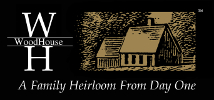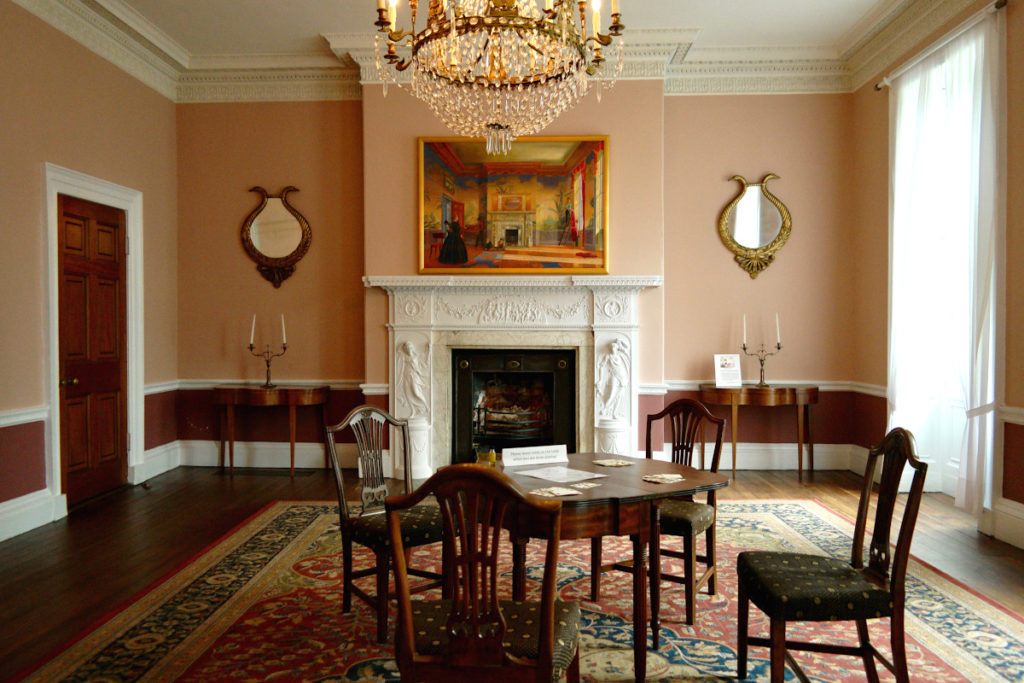Replacing Wood Flooring in Historical Homes
Mental preparation
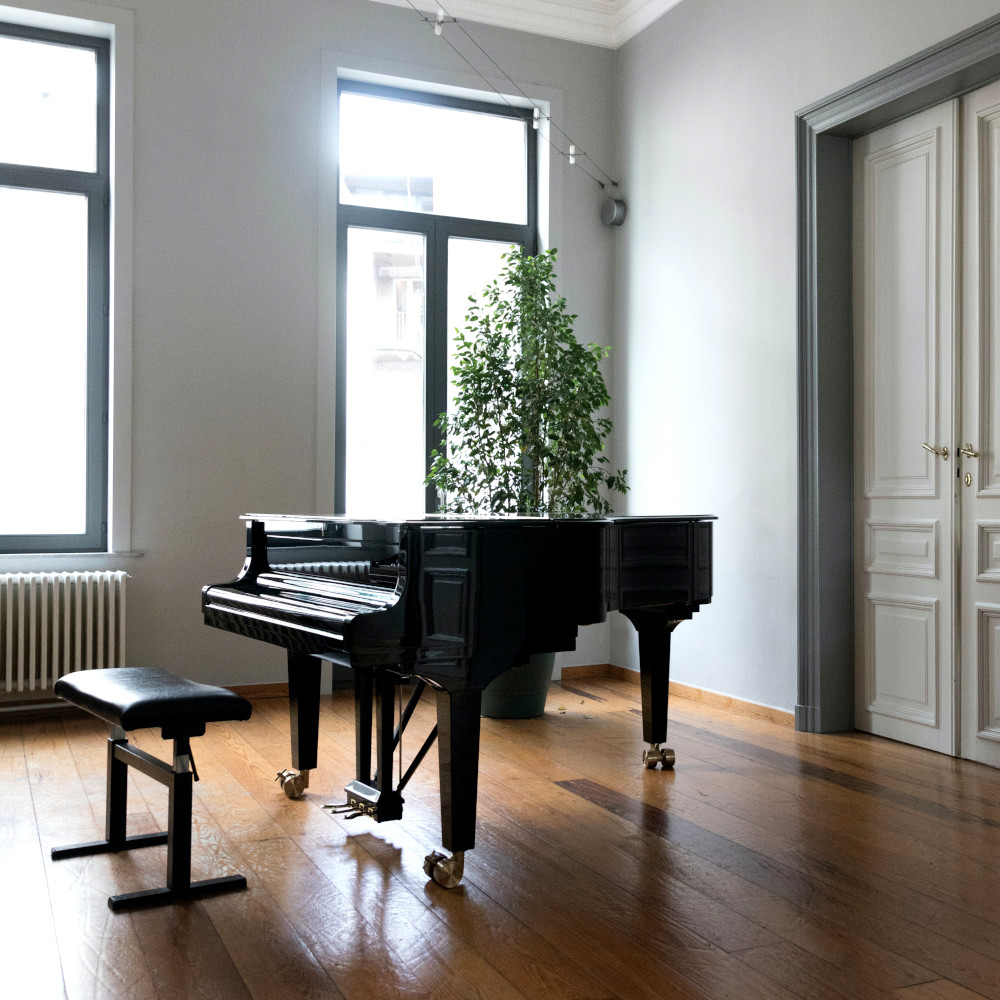
Baby Grand on wood floor in historic home
Whether this is a whole house restoration or just required maintenance, WoodHouse salutes all those people that have chosen to take on the challenge of owning a historical home.
Along with all the issues a one hundred plus year old home can have, you may face the additional burden of regulations placed on home owners of historically significant homes. Or, you may live in a historic neighborhood or district with restrictive covenants. You want to keep your home as close to original as possible, but let’s be realistic, you have to live there too. Things wear out and need to be replaced and that includes the flooring.
It is a really difficult decision for a historical homeowner when it comes to replacing the wood flooring. Very few things in an old home convey the history of an old home more than its floors. The nicks, dents, scuffs, scratches and stains all have a story to tell. In a historic home, the story is often about a famous person or family. Of course the floors were probably refinished several times in their life, erasing the previous history. And maybe knowing that will make it a little easier. Regardless, replacing historic flooring can be an emotional experience.
Historical Home Flooring – Getting Started

Old flooring in historic home
At some point you simply cannot refinish them again. The tongue and groove is now partially exposed and the floor is getting loose. They are now becoming unsafe. Now is the time to begin history anew.
Where to start? Well, let’s start by taking a good hard look at the old floor. What species is it? Is it maple, white oak, red oak or something else? You can get some help here at the wood data base. It is a good bet though that it is red or white oak or maple. Cherry, walnut, birch and beech are other possibilities.
Next, measure it. How wide is it? Is it all the same width or a variety of widths? The next thing you might want to do is see if you can find a spot where you can see the original surface. Remove the bottom draw on a kitchen cabinet and look at the floor inside or move a semi permanent fixture and look underneath. What color is the floor there? Look in the attic or cellar for pieces that were left over or stored for repair purposes. That will give you an idea of the original thickness.
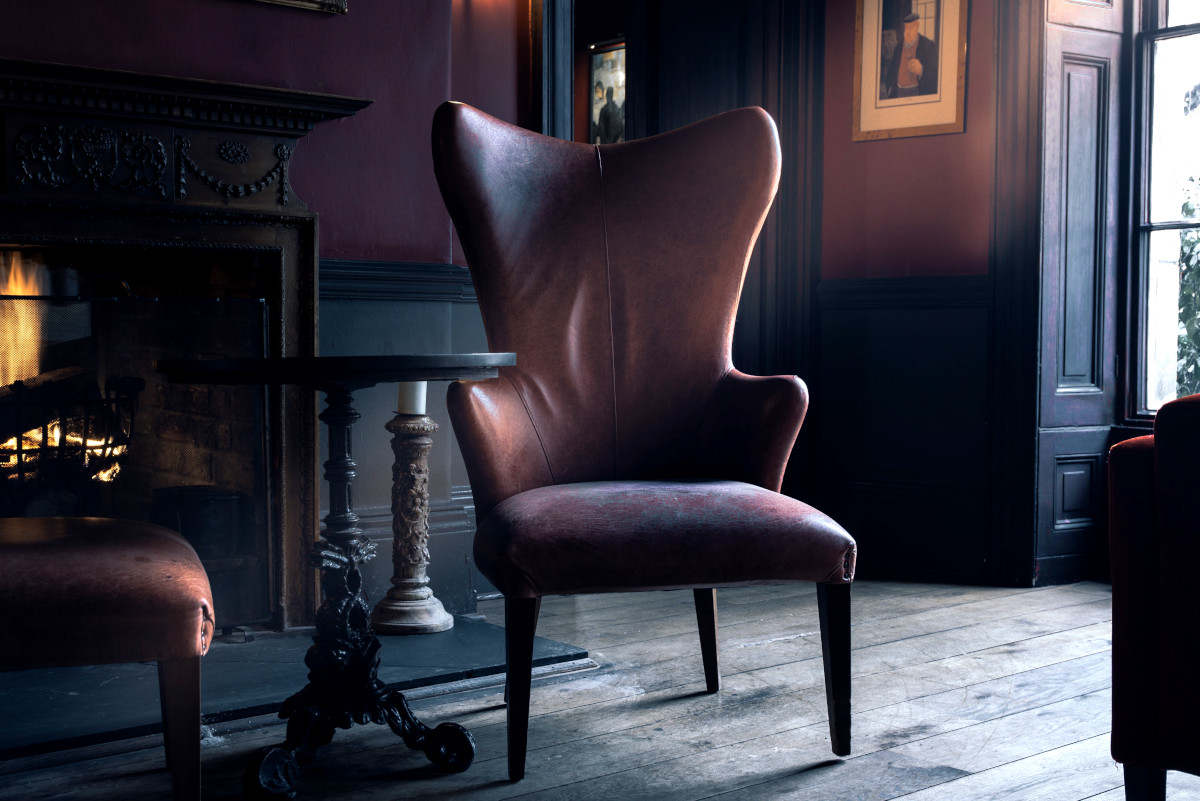
Wood flooring that has aged to grey color
Visualize It
Once you have made the determination and talked with your flooring professional, use a room visualizer, like the one found at WoodHouse Flooring to get an idea of what the finished project will look like.
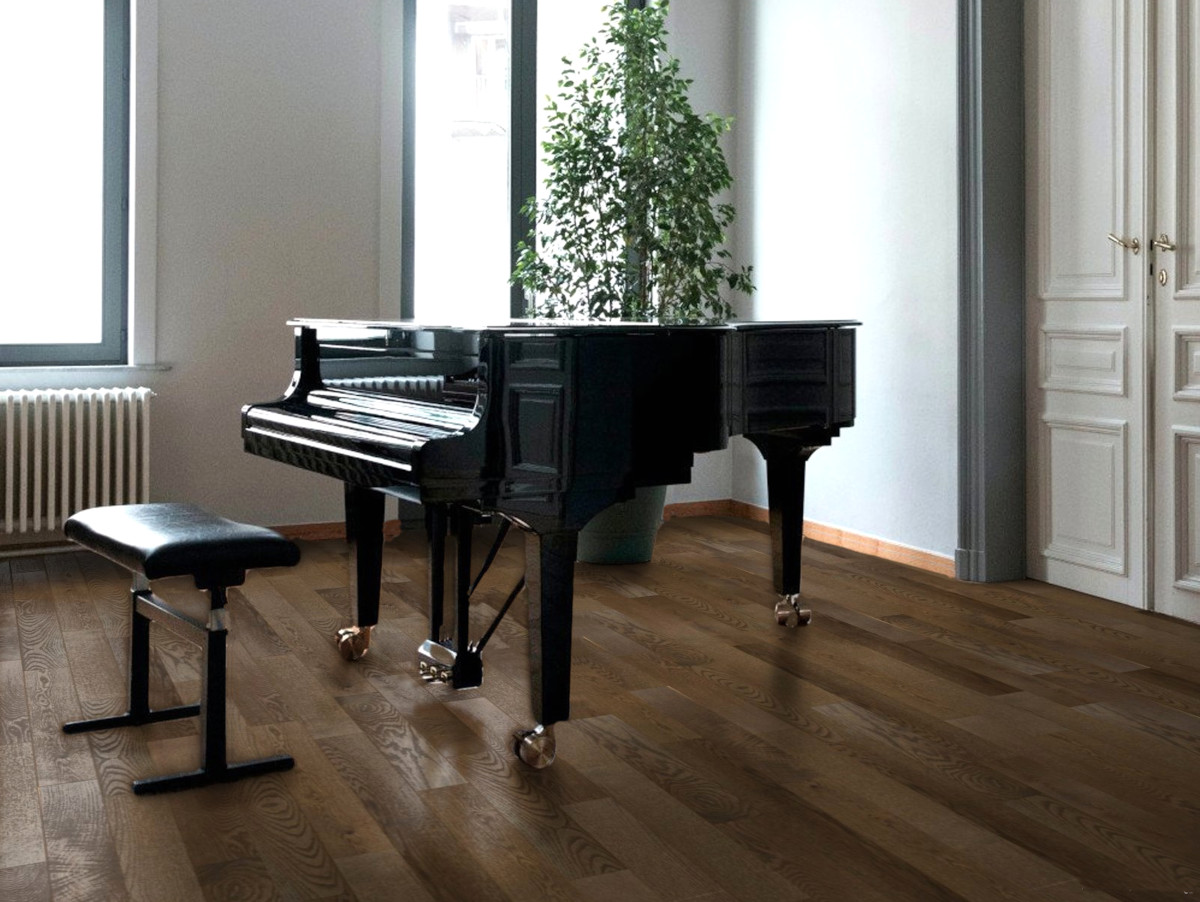
WoodHouse Frontenac, Glenmere solid red oak.
This will also let you see if the character of the room has been preserved or enhanced. The visualization shown above was created using the WoodHouse visualizer, WoodHouse’s Glenmere, solid, 3/4″ red oak in 4-1/4″ width. As you can see, the room retains its warmth and character. The wire brush texture adds a suggestion of age, and avoids the “brand new” look.
Its a tough choice, but if you decide to give your historic home new flooring, we hope you will consider WoodHouse Flooring, “A Family Heirloom From Day One”.
